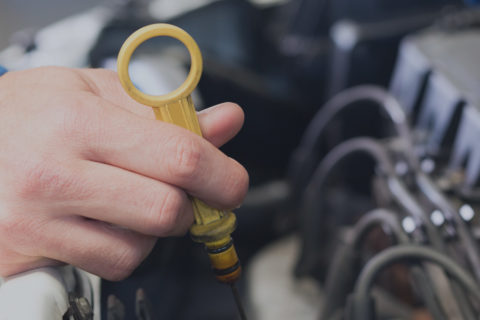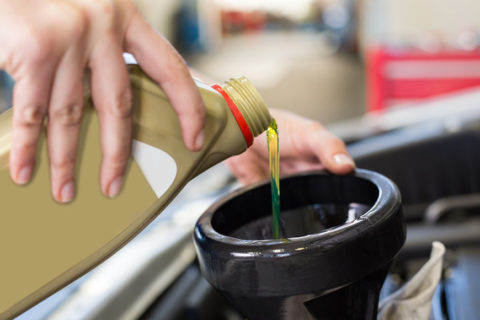Frequently Asked Questions
Q: Can you change oil too often?
A: Yes, you can change your car’s oil too often. Follow the manufacturer’s recommended schedule, which usually ranges between 8,000 to 12,000 kms or every 3 to 12 months. Overdoing it won’t harm your engine, but it’s unnecessary.
Q: What tools do I need for a DIY oil change?
A: Changing your car’s oil yourself is a rewarding task. To do it correctly and safely, make sure you have these main tools:
Car jack: Elevate your car to work on the engine. A floor jack with wheels and a hydraulic hand pump is convenient.
Jack stands: Once lifted, use jack stands to safely support the car during the oil change. Aluminium or steel stands work well.
Oil collection container: Choose a portable jug-style container for easy disposal of used oil. No messy transferring required.
Metal drip pan: Place it under the car to catch any oil drops and protect your driveway or garage floor.
Oil filter wrench: Necessary for removing the oil filter. Choose one that fits your filter type.
Funnel: Helps pour new oil into the engine without spills.
Safety gear: Wear mechanic’s gloves, safety goggles, and snug-fitting vinyl or latex gloves.
Q: How often do you need to change oil?
A: The ideal frequency for oil change depends on a few factors. Refer to your owner’s manual or the manufacturer’s website for the recommended schedule. Typically, it ranges between 8,000 to 12,000 kms or every 3 to 12 months. However, this can vary based on driving conditions, climate, and the type of oil used. If you drive in tough conditions (like dusty dirt roads or heavy towing), consider changing it sooner. And remember, fresh oil should be that nice golden honey brown colour. If it looks dark brown or murky, it’s probably time for an oil change. Don’t forget to change the filter too!
Q: Does engine oil go bad after 6 months?
A: Yes, engine oil can go bad after 6 months. Although the time frame may vary depending on different factors such as vehicle usage, climate, and oil quality, six months is a generally accepted guideline for when engine oil starts to degrade.
Under good conditions, motor oil should remain fairly stable. However, extreme temperatures, synthetic additives, and oxidation all play a role in causing it to go bad. The way you store it must also be taken into account.
Here’s how to know if motor oil is expired:
Expiration date. The date printed on the motor oil bottle is a great indicator of how long it will last. Most conventional brands determine the shelf life to be around five years, while some might last seven to eight years or longer. However, this expiration date only applies to unopened bottles stored correctly. If you have an opened bottle, the shelf life will be far less.
Colour. Fresh oil has an amber colour. When you check the oil and see it darkened or black, it’s probably time to change it. Oxidation causes the oil to lose its fresh colour. Additionally, if dust infiltrates the bottle, it can become darker than normal, indicating that the oil is bad and should be discarded.
Consistency. Fresh oil should flow clean and easily. If you notice any separation or a slimy consistency, it’s possible that the oil has been contaminated and won’t protect the car engine effectively.
Q: What happens if you go too long without an oil change?
A: If you neglect oil change for too long, a few things can go wrong:
Accumulation of dirt. Dirt builds up in the oil over time. While the oil filter removes some of it, eventually the filter gets clogged, and dirty oil bypasses it. Dirty oil is thick and abrasive, causing more wear on engine parts.
Worn-out additives. The oil contains additives like detergents and rust-fighters. These wear out, reducing the oil’s ability to lubricate effectively. As the oil gets dirtier, it stops doing its job properly.
Engine damage. If you keep running the same oil for a very long time, the engine can suffer. Catastrophic failure won’t happen after missing just one oil change, but prolonged neglect can harm the engine.




